Blog
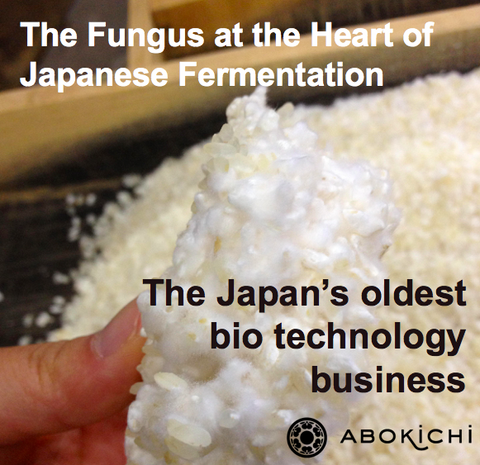
Miso paste, soy sauce, mirin, vinegar, and sake are fundamental ingredients in any Japanese pantry, lending rich flavours to most of the dishes that Japan is so well known for; sushi, teriyaki, miso soup, and more. Amazingly, the production of these important ingredients relies on one vital, microscopic organism; koji-kin, otherwise known as Aspergillus Oryzae.
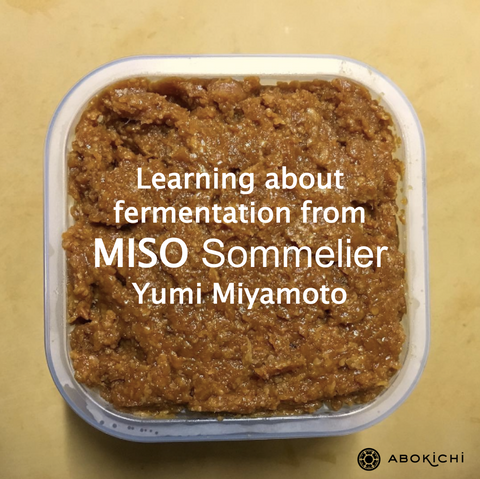
One of the main ingredients of OKAZU is miso paste, so we were really fortunate to meet Yumi Miyamoto, a miso sommelier from Japan. Yumi shared her knowledge about miso, and Japanese fermentation processes in general, and we are glad to pass along these interesting tidbits with you. Over the next few weeks we will be releasing a series of articles to jump start your miso education. Read on for the first article in the series, Fermentation Basics.
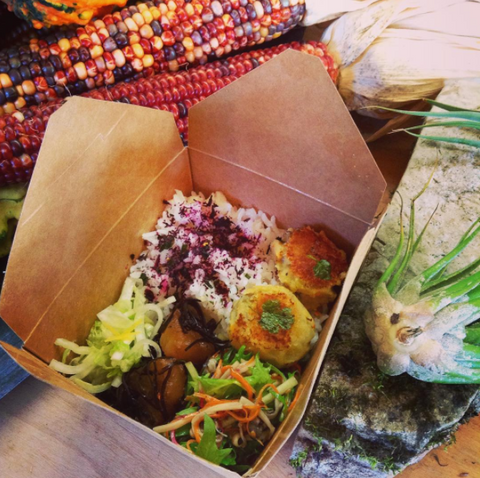
There are many options for eating, paleo, gluten-free, vegan and so on….. Have you ever heard of Macrobiotic?
It is not only a way of eating, but also a philosophy of life based on Japanese tradition.
Today we will feature a professional macrobiotic chef, Yayoi, who is visiting Toronto, and will share the world of Macrobiotic food and lifestyle.
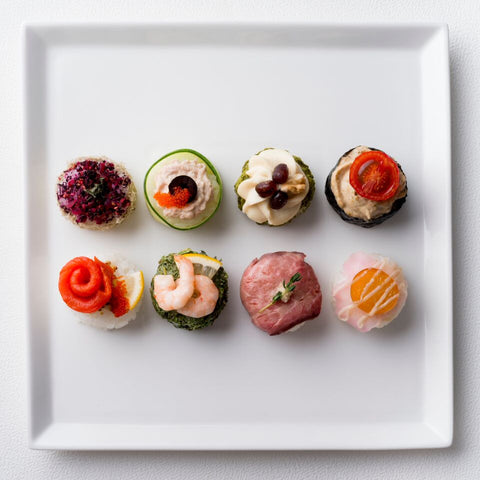
The Onigiri Society is preparing to open their first onigiri shop on September 30th 2016. The shop specializing in onigiri, Japanese rice balls, is called Gyu!, and will be located on the 2nd floor of the well known Tokyo shopping destination, Laforet Department Store in the trending district of Harajuku, famous for fashion and pop culture.
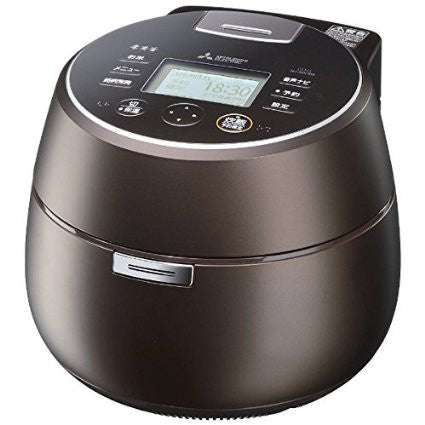
There are two main heating methods for rice cookers, with two pricing tiers.
Electrothermal Heating (“Maicom”) Rice Cooker (economical option)
In Japan, it’s known as a maicom rice cooker, short for micro-computer. The maicom rice cooker has an electric heater in the bottom of the pot, and the heat isn’t distributed well. Compared to an IH rice cooker, the heat is weaker and it often used for small size rice cooker for singles. Larger machines, like 5.5 cups and up, are being produced less.
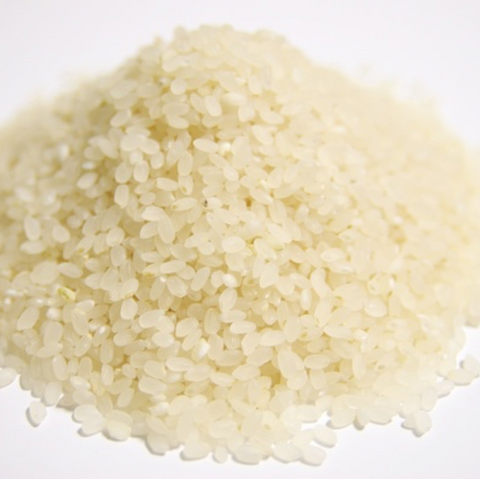
Determining what size of rice cooker you need is the first thing to consider when shopping for a machine. When measuring rice, Japanese people use a unit of measurement called gou (合), roughly 180ml. Gou is part of the shakkanhou (尺貫法) system of measurement, a traditional system that is no longer commonly used, but maintains its legacy as the standard for measuring both rice and sake. When you see the term “cup” in a rice cooker's description, it is likely 1 gou, not a metric cup (250ml) typically used in cooking and baking.
(Also, please note that 1 cup in modern Japan is equal to only 200ml, so please sure to adjust your recipes while cooking in Japan, and likewise if working off a Japanese recipe in the west.)
The shakkanhou system works like this:

